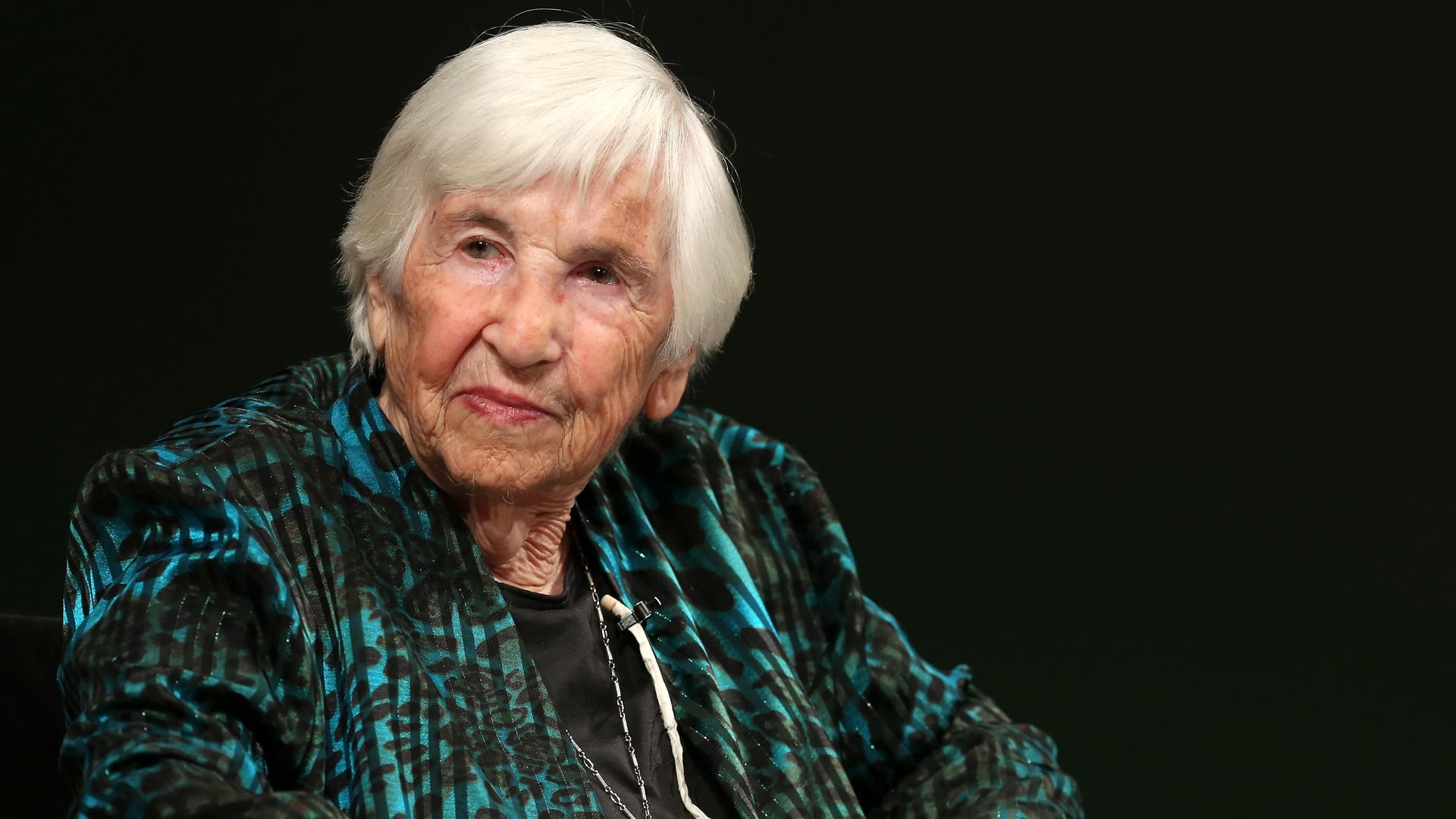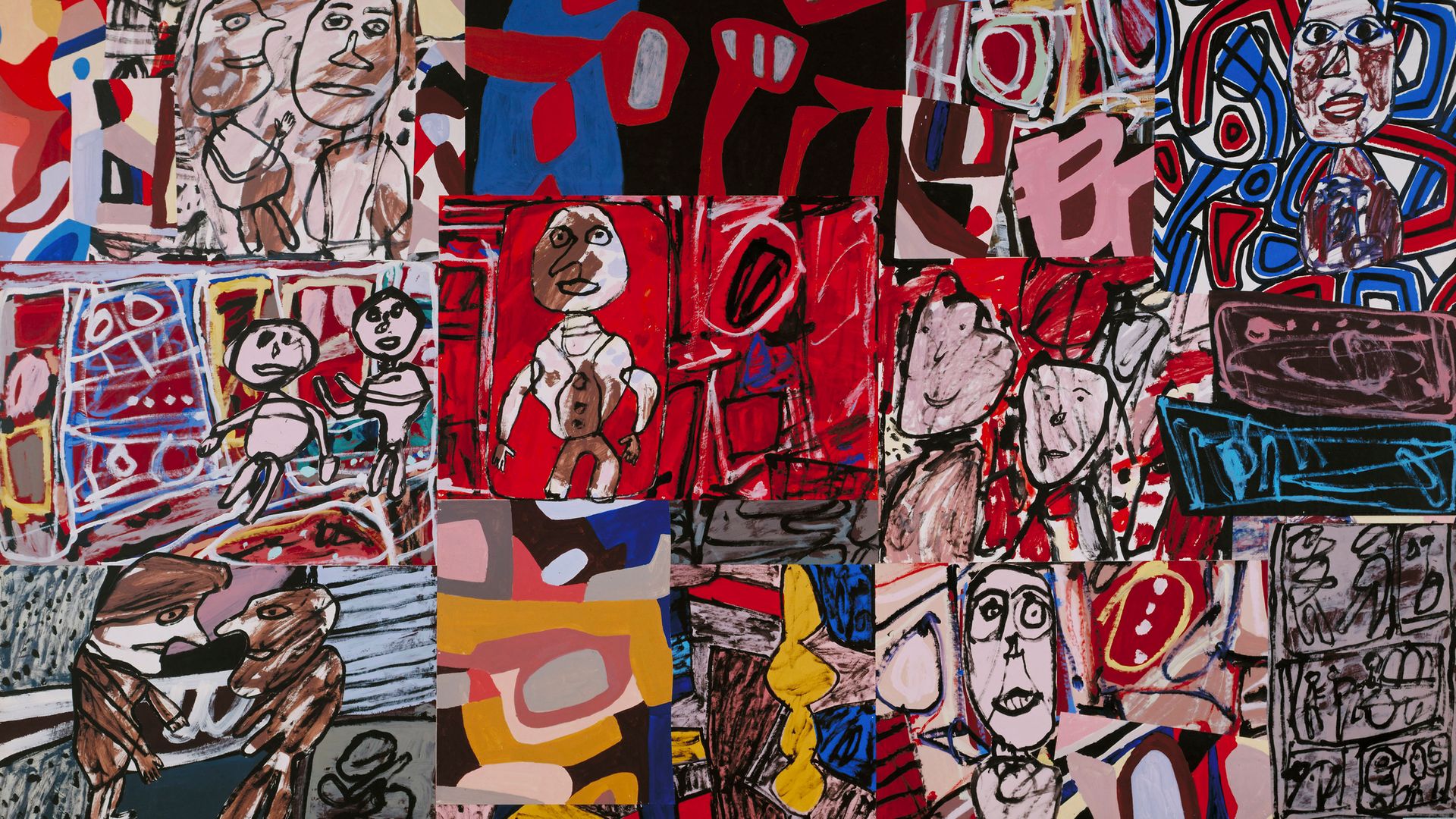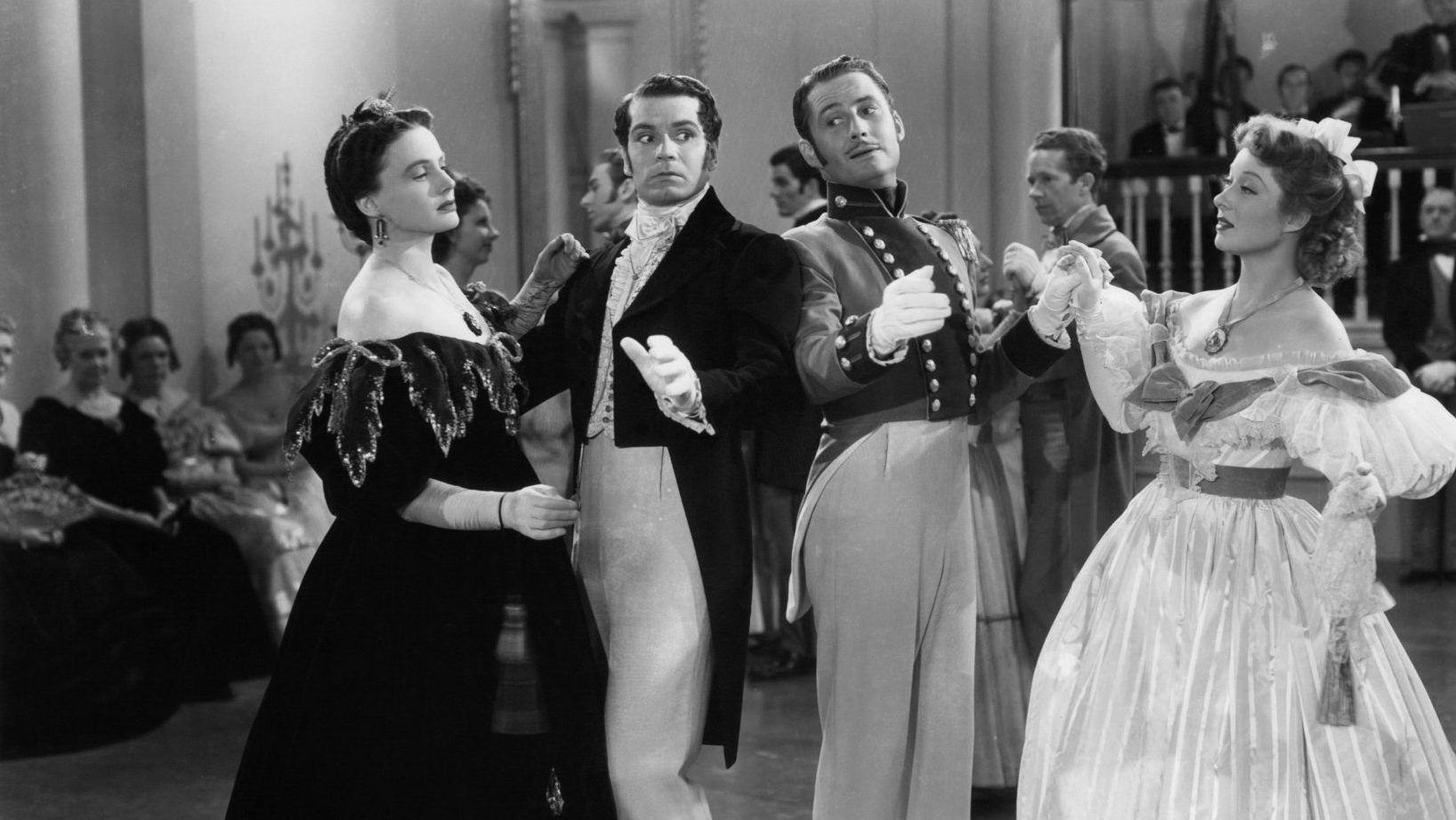Esther Loewy had never played the accordion before she arrived at Auschwitz. Music would save her life and, in the almost eight decades that followed, right up until her death last month at the age of 96, it would become her life’s work.
Loewy arrived at the camp in the spring of 1943, aged 18. Having already spent time in a labour camp inside Germany, she knew that she was likely to be worked to death, but saw a chance for survival when a women’s orchestra was set up to serenade the forced labourers in and out of the gates each dawn and dusk.
Loewy was from a musical family – her father was a cantor, in Judaism a member of the clergy who leads the congregation in song – and she could play the piano. But she had to think quickly when the orchestra’s conductor said the camp had no piano, but there was an accordion – could she play that?
Loewy lied that she could, and took to a corner of her barracks to desperately work out how to play the instrument that was her lifeline. “My great luck was that I had a musical ear,” she later recalled with much understatement.
After transfer to Ravensbrück, surviving a death march, and discovering her parents and her sister had been swallowed up by the Holocaust, she emigrated to Palestine. There, she was interned as a migrant on arrival, had a run-in with Zionist extremists the Stern Gang, and was called up for military service as Israel was formed in 1948.
She married, had a son and a daughter, and juggled various jobs with touring internationally with an Israeli workers’ choir. But it was only after she returned to Germany, the year before building commenced on the Berlin Wall, and with the hottest years of the Cold War ahead, that Esther Béjarano, as she now was, became a campaigner for tolerance and anti-racism.
While music remained part of Béjarano’s life in the 1960s and ’70s – she ran a discotheque and her daughter Edna sang with psychedelic rockers The Rattles, whose The Witch was an international hit in 1970 – she only slowly became politicised.
She resisted invitations to join the Union of Persecutees of the Nazi Regime/ Federation of Anti-Fascists (VVN-BdA) until the day the far-right National Democratic Party set up a stall outside her Hamburg boutique and she realised “there was never any real denazification in post-war Germany”.
In the early 1980s Béjarano appeared on stage at the Künstler für den Frieden (Artists for Peace) concerts, her enchantingly unpretentious soprano voice captured on the album of the 1981 Dortmund concert.
Thus, at the age of nearly 60, she became a public figure. She was vocal about the rise of the far right and in 1986 she founded the West German branch of the International Auschwitz Committee.
But music and activism truly began to meet when Béjarano formed the klezmer band Coincidence with her son and daughter. Their only album, the collection of Yiddish songs Lieder Für Das Leben (Songs for Life) (1995), was no cosy nostalgia, its resistance songs like Zog Nit Keyn Mol (Never Say) – written in the Vilnius Ghetto and inspired by the Warsaw Ghetto Uprising – being thoroughly pugnacious (“This song was sung by people amidst collapsing walls/ Sung with pistols in their hands”).
But Béjarano always understood the relevance of her experience in a contemporary context, and this led to the most extraordinary musical collaboration of her life.
In Germany in the 1990s and 2000s, the violence directed at Turkish immigrants was the urgent anti-racist cause. For the NWA-influenced Microphone Mafia, a German-Italian-Turkish rap group from Cologne, the neo-Nazi firebombing of an asylum-seekers’ shelter in Rostock in 1992 was the catalyst for the anti-fascist thrust of debut album Vendetta (1996).
They were elder statemen of German rap by the time they approached Béjarano, then 83, about a collaboration. “Young people love rap,” she later said, and she felt the project would take her story to those who really mattered – the next generation.
Her two albums with Microphone Mafia contained anti-fascist anthems, Yiddish folk songs and Brechtian standards, and they performed hundreds of concerts where the tiny white-haired Esther cut a startling figure next to the hulking and bearded Kutlu Yurtseven. “We are three generations of musicians on stage, with three different religions. The message is self-evident: music unites us, regardless of language and origin,” Béjarano said.
German activist rappers of immigrant backgrounds like Eko Fresh have continued to confront the country’s problems with race in a way that is uncomfortable for many. Béjarano was not so different. Despite her grandmotherly appearance, her association with the German Communist Party and strident censure of government policies could be controversial.
In the months before her death, she watched the far right rise again, noting just a few weeks before her passing: “Something has to change.” But she added, optimistically: “The youth have grasped that. You have to be happy about that.”
ESTHER BEJARANO IN FIVE SONGS
Willi Forst, Bel Ami (1939)
The conductor of the Women’s Orchestra of Auschwitz suggested this breezy title song of a Viennese film musical as an audition piece for the young Esther Loewy.
Esther Béjarano, Dos Kelbl (1981)
Written for New York’s Yiddish Art Theatre in 1941, The Calf – full of contrasting imagery of slavery and freedom – was performed by Béjarano at the 1981 Artists for Peace concert in Dortmund.
Coincidence, Yisrolik (1995)
This song about a child street pedlar was written by Leyb Rozental and Misha Veksler for a 1942 production at the Yiddish theatre in the Vilnius ghetto. Both composers died in concentration camps.
Esther Béjarano and Microphone Mafia, Bella Ciao (2009)
This version of the 19th century Italian workers’ song turned anti-fascist anthem closed the first album of collaborations between Béjarano and the multi-racial rap group.
Cast of Die Kinder der toten Stadt, Diese Stadt ist eine Geschenk (2018)
Béjarano performed in this musical radio play about the production of Hans Krása’s children’s opera Brundibár in the Theresienstadt ghetto.
Now listen to the extended playlist: tinyurl.com/TNEesther




